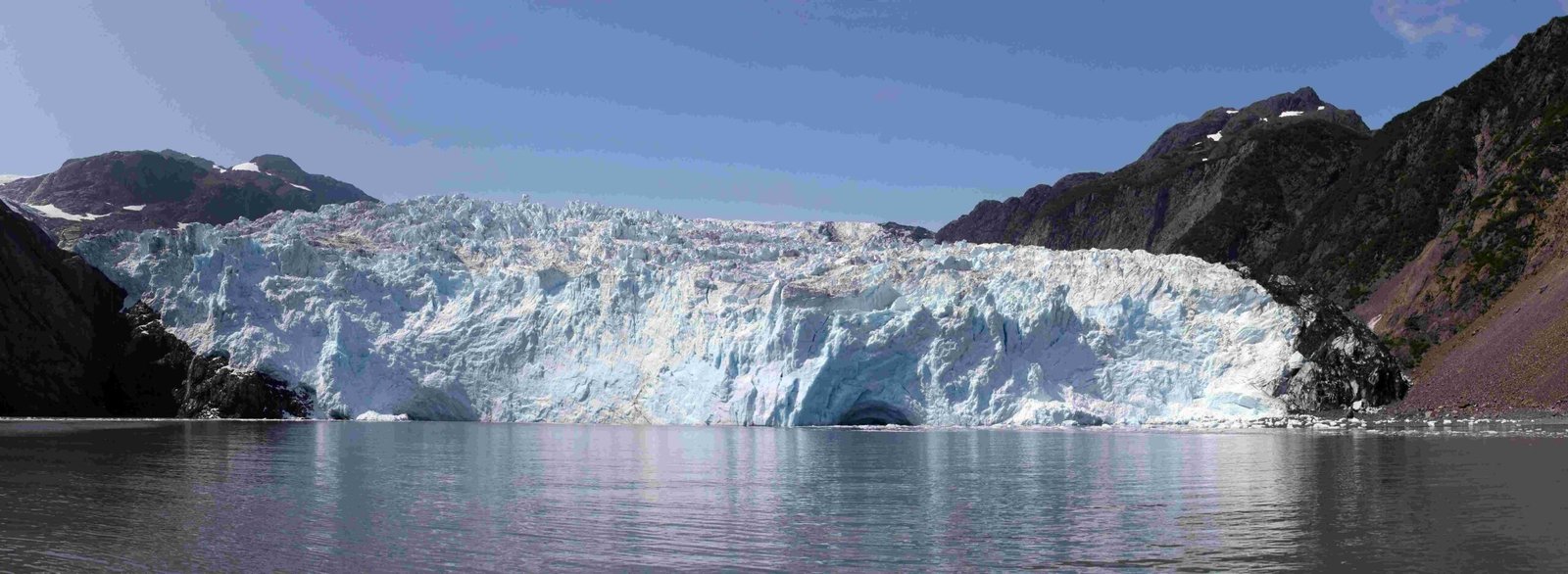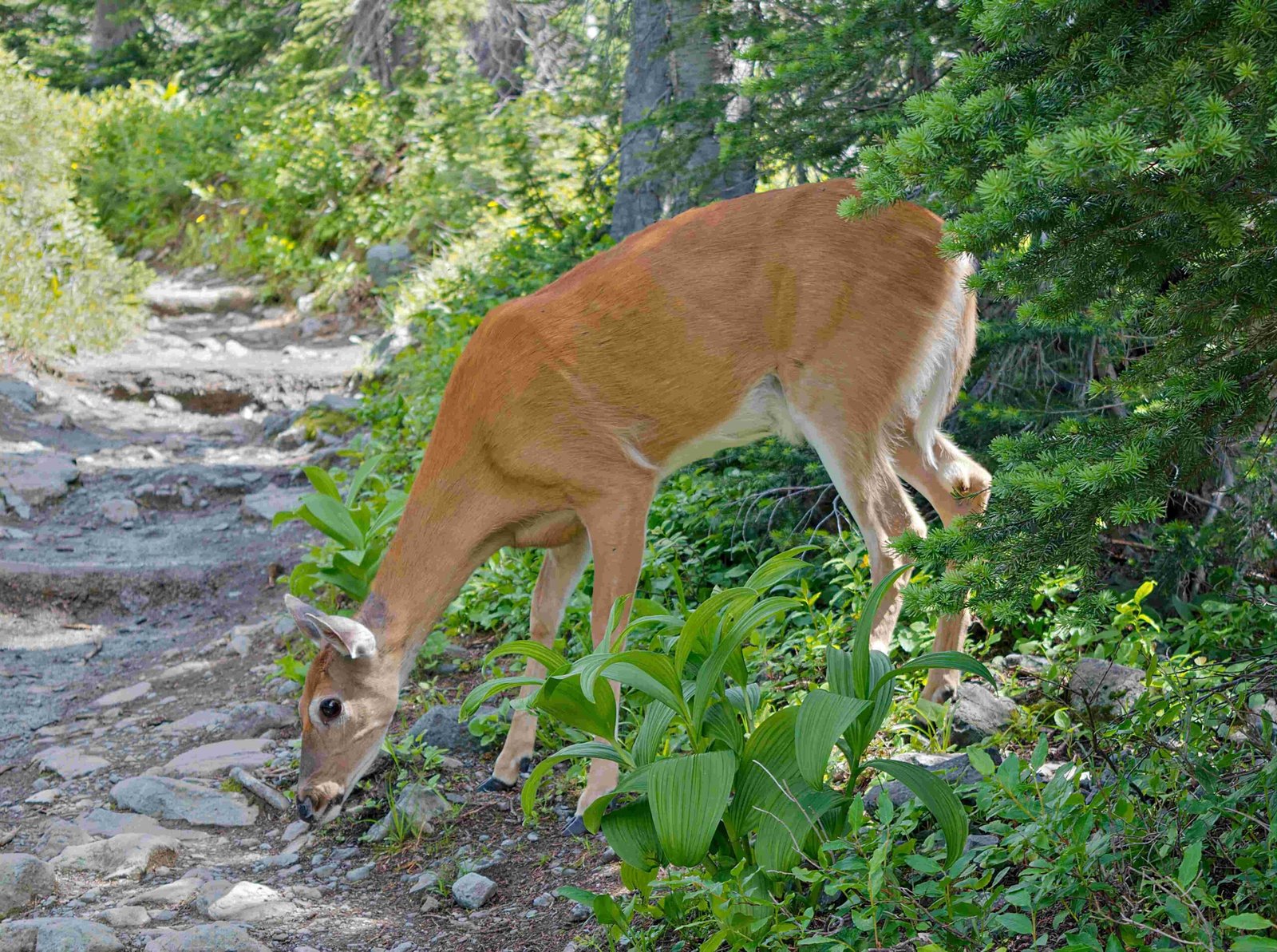The Perley Rock Trail in Glacier National Park, British Columbia, is a challenging 7.4 to 8.35-mile hike with an elevation gain of 4,180 feet. This strenuous trail offers breathtaking views of glaciers, river crossings, and subalpine wildflowers. Known for its difficulty and scenic beauty, the trail attracts experienced hikers seeking a rewarding adventure in the Canadian Rockies. With proper preparation and caution, hikers can enjoy the trail’s natural wonders and potential wildlife sightings.
What is the Location and Length of Perley Rock Trail?

The Perley Rock Trail is situated in Glacier National Park, British Columbia, near Rogers Pass. This challenging hiking trail offers a unique experience for adventurers seeking to explore the rugged beauty of the Canadian Rockies. Here are the key details about the trail’s location and length:
- Trailhead: Located near Rogers Pass in Glacier National Park, British Columbia
- Trail Length: Approximately 7.4 to 8.35 miles (11.9 to 13.4 km)
- Elevation Gain: 4,180 feet (1,274 meters)
- Average Completion Time: 6-7 hours, depending on fitness levels and trail conditions
The trail begins in forested lower elevations and gradually ascends through various terrains, including river crossings and rocky sections, before reaching higher elevations with spectacular glacier views.
What Makes Perley Rock Trail Challenging?

The Perley Rock Trail is renowned for its difficulty, making it suitable only for experienced hikers. Several factors contribute to its challenging nature:
-
Significant Elevation Gain: With an elevation gain of 4,180 feet over a relatively short distance, the trail demands considerable physical endurance.
-
Varied Terrain: Hikers encounter diverse landscapes, including:
- Dense forest sections
- River crossings
- Steep rocky areas
-
Exposed sections at higher elevations
-
Trail Obstacles: The path is often obstructed by:
- Fallen trees
- Large boulders
-
Loose rocks
-
Weather Conditions: The trail’s high elevation makes it susceptible to rapid weather changes, including:
- Sudden temperature drops
- Unexpected precipitation
-
Strong winds at exposed sections
-
Length and Duration: The 7.4 to 8.35-mile round trip, combined with the challenging terrain, requires a full day commitment for most hikers.
Given these factors, it’s crucial for hikers to be well-prepared, both physically and in terms of equipment, before attempting the Perley Rock Trail.
What Scenic Views Can Hikers Expect on Perley Rock Trail?
The Perley Rock Trail offers a plethora of breathtaking views that make the challenging hike worthwhile. Here’s what hikers can expect to see along the trail:
- Glacier Vistas:
- Unparalleled views of the Illecillewaet Glacier
-
Panoramic scenes of surrounding ice fields
-
Alpine Landscapes:
- Rocky outcrops and rugged peaks
-
Vast expanses of the Canadian Rockies
-
River Crossings:
- Scenic water features throughout the hike
-
Opportunities for refreshing breaks
-
Subalpine Meadows:
- Colorful wildflower displays (typically in August)
-
Lush greenery during summer months
-
Forest Sections:
- Dense coniferous forests in lower elevations
-
Transition zones between forest and alpine areas
-
Seasonal Highlights:
- Summer: Peak wildflower blooms and vibrant greenery
- Fall: Autumn colors and crisp mountain air
- Winter: Snow-covered landscapes (for experienced winter hikers only)
These diverse scenic elements combine to create a visually stunning and memorable hiking experience on the Perley Rock Trail.
What Wildlife Might Hikers Encounter on Perley Rock Trail?
Glacier National Park, home to the Perley Rock Trail, boasts a rich diversity of wildlife. While sightings are never guaranteed, hikers should be aware of the potential encounters and necessary precautions:
Common Wildlife Species:
- Large Mammals:
- Grizzly bears
- Black bears
- Wolves
- Cougars (mountain lions)
- Moose
-
Elk
-
Smaller Mammals:
- Marmots
- Pikas
- Mountain goats
-
Bighorn sheep
-
Birds:
- Golden eagles
- Clark’s nutcrackers
- Gray jays (whiskey jacks)
- Various songbirds
Best Times for Wildlife Sightings:
- Early morning (dawn)
- Late evening (dusk)
- Spring and fall seasons
Safety Precautions for Wildlife Encounters:
- Bear Safety:
- Carry bear spray and know how to use it
- Make noise while hiking to avoid surprising bears
-
Travel in groups when possible
-
General Wildlife Safety:
- Maintain a safe distance from all wildlife
- Never feed or approach animals
-
Store food properly to avoid attracting wildlife to campsites
-
Tick Prevention:
- Wear long sleeves and pants
- Use insect repellent
- Check yourself and pets for ticks after hiking
By following these precautions and being respectful of wildlife, hikers can safely enjoy the natural inhabitants of the Perley Rock Trail area.
What Should Hikers Pack for the Perley Rock Trail?
Given the challenging nature of the Perley Rock Trail and its remote location, proper preparation is crucial. Here’s a comprehensive packing list for hikers:
Essential Gear:
- Navigation:
- Topographic map of the area
-
Compass or GPS device (with extra batteries)
-
Sun Protection:
- Sunscreen (SPF 30+)
- Sunglasses
-
Wide-brimmed hat
-
Insulation:
- Layered clothing (moisture-wicking base layer, insulating mid-layer, waterproof outer layer)
- Extra warm clothing (even in summer)
-
Gloves and warm hat
-
Illumination:
-
Headlamp or flashlight (with extra batteries)
-
First-Aid Supplies:
- Basic first-aid kit
-
Any personal medications
-
Fire:
- Waterproof matches or lighter
-
Fire starter
-
Repair Kit and Tools:
- Multi-tool or knife
-
Duct tape and paracord
-
Nutrition:
- Extra day’s worth of food
-
High-energy snacks
-
Hydration:
- Water bottles or hydration system
-
Water purification method (filter, tablets, or boiling equipment)
-
Emergency Shelter:
- Emergency blanket or bivy sack
Additional Items:
- Trekking poles (highly recommended for steep sections)
- Bear spray (and knowledge of how to use it)
- Camera for capturing scenic views
- Insect repellent
- Biodegradable soap and hand sanitizer
- Toilet paper and trowel (for proper waste disposal)
- Whistle (for emergencies)
By packing these items, hikers can be prepared for various situations and enjoy a safer, more comfortable experience on the Perley Rock Trail.
What are the Best Seasons to Hike Perley Rock Trail?
The Perley Rock Trail in Glacier National Park offers different experiences throughout the year. Here’s a breakdown of what to expect in each season:
Summer (July to August):
- Pros:
- Peak hiking season
- Warmest temperatures
- Longest daylight hours
- Wildflowers in bloom
- Cons:
- Busiest time on the trail
- Potential for afternoon thunderstorms
Fall (September to October):
- Pros:
- Beautiful fall colors
- Fewer crowds
- Crisp, clear days ideal for photography
- Cons:
- Cooler temperatures, especially at higher elevations
- Shorter daylight hours
- Potential for early snowfall
Winter (November to April):
- Pros:
- Stunning snow-covered landscapes
- Opportunities for winter sports (for experienced adventurers only)
- Cons:
- Extremely challenging and dangerous conditions
- Requires specialized winter hiking and avalanche safety equipment
- Not recommended for most hikers
Spring (May to June):
- Pros:
- Fewer crowds
- Waterfalls and streams at peak flow
- Cons:
- Trail may still be snow-covered at higher elevations
- Muddy conditions and potential washouts
- Unpredictable weather
| Season | Temperature Range | Trail Conditions | Crowd Levels |
|---|---|---|---|
| Summer | 10°C to 25°C (50°F to 77°F) | Generally dry and clear | High |
| Fall | 0°C to 15°C (32°F to 59°F) | Variable, potential early snow | Moderate |
| Winter | -15°C to 0°C (5°F to 32°F) | Snow-covered, avalanche risk | Low |
| Spring | 5°C to 20°C (41°F to 68°F) | Muddy, potential snow at elevation | Low to Moderate |
The best time to hike Perley Rock Trail is typically from late July to early September when weather conditions are most favorable and the trail is generally free of snow. However, hikers should always check current trail conditions and weather forecasts before embarking on their journey.
How Can Hikers Prepare for the Perley Rock Trail?
Proper preparation is key to a safe and enjoyable experience on the Perley Rock Trail. Here are essential steps to prepare for this challenging hike:
- Physical Conditioning:
- Build endurance through regular cardio exercises
- Practice hiking on steep terrain
-
Strengthen leg muscles and core
-
Trail Research:
- Study detailed trail maps and descriptions
- Read recent trail reports from other hikers
-
Familiarize yourself with potential hazards and obstacles
-
Weather Monitoring:
- Check weather forecasts regularly leading up to your hike
-
Be prepared for sudden weather changes at high elevations
-
Gear Preparation:
- Ensure all equipment is in good condition
- Break in hiking boots before the trip
-
Test and familiarize yourself with all gear, especially navigation tools
-
Safety Precautions:
- Inform someone of your hiking plans and expected return time
- Learn basic wilderness first aid
-
Understand how to use bear spray
-
Trail Etiquette and Conservation:
- Learn and practice Leave No Trace principles
-
Understand park regulations and any permit requirements
-
Nutrition and Hydration Planning:
- Plan meals and snacks for sustained energy
-
Determine water sources along the trail and bring appropriate purification methods
-
Emergency Preparedness:
- Create an emergency plan
- Know how to signal for help in case of an emergency
By following these preparation steps, hikers can significantly enhance their safety and enjoyment on the Perley Rock Trail in Glacier National Park.
Reference:
1. The Perley Rock Trail | Up-Close Glacier Views in BC – 10Adventures
2. Perley Rock Trail, British Columbia, Canada – AllTrails
3. Perley Rock Trail – Follow That Nerd